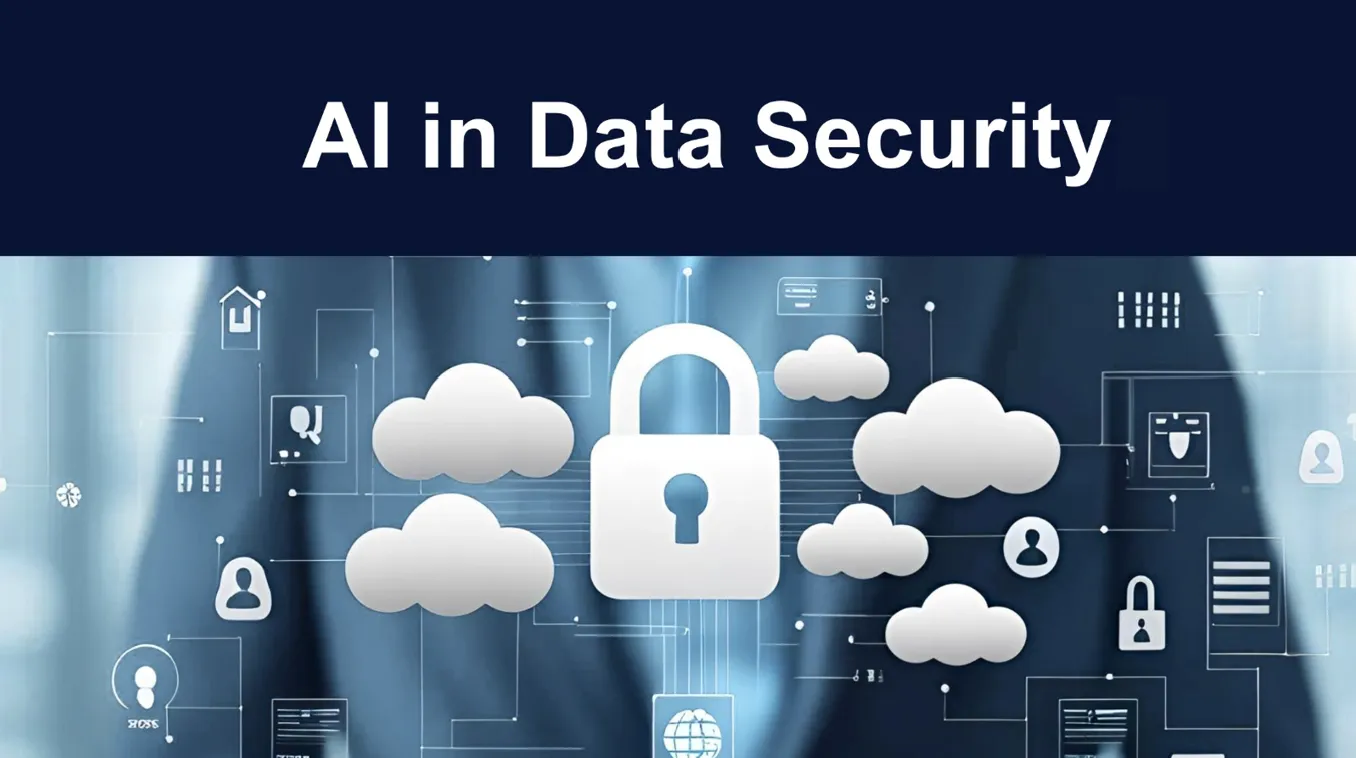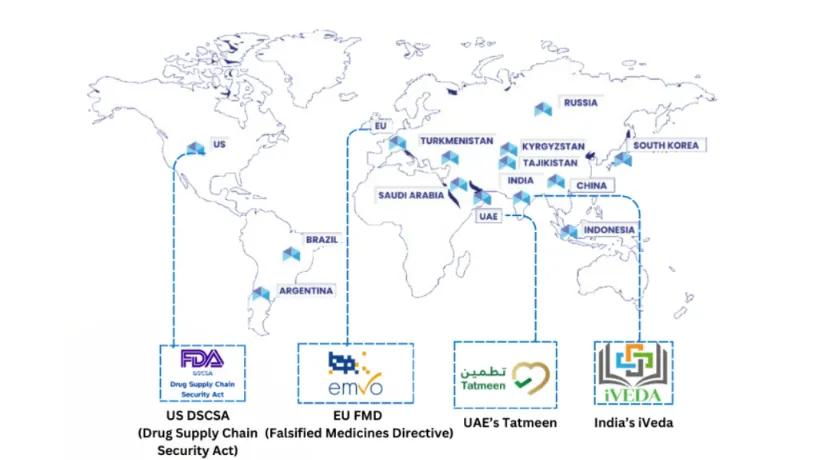From Chaos to Control: Rethinking Data Security in the Age of AI

The Data Security Paradox
Another day, another breach. Data is now the most valuable—and most vulnerable—asset enterprises own. While security budgets grow and tools multiply, breaches keep happening. Why? Because data is everywhere: across 187+ systems, inside SaaS apps, buried in cloud storage, and flowing through GenAI models. As we add more tools and allow data to flow freely to make the system smarter, they also introduce greater complexity and increase the risk of data breaches
What’s Broken with Today’s Approach -
On average, it still takes 287 days to detect and contain a breach. With 4.7 million cybersecurity jobs unfilled globally, the current approach doesn’t scale. A smarter, unified approach to data security is long overdue.
Traditional Data Loss Prevention (DLP) and Data Security Posture Management (DSPM) tools operate in silos. Most rely on static rules, generate too many alerts, and miss contextual risk. DLP, emerged in the early 2000s, was designed to prevent data leaks through endpoints, email, and network traffic using static rules and pattern matching. While vendors like Symantec and Forcepoint helped meet compliance needs in legacy environments, their solutions remain reactive, brittle, and blind to today’s cloud-native, decentralized data landscape.
As data exploded across SaaS, Cloud, Datalakes, DSPM tools like Cyera, Sentra, and Laminar emerged to bring visibility and governance to where data actually lives. However, these tools often lack dynamic policy enforcement and context-aware intelligence— limiting their effectiveness to passive monitoring.
DLP lacks context, DSPM lacks control. The result? Security teams drown in noise with little insight, struggle to respond quickly, and face penalties for compliance failures.
The Rising Storm: GenAI, Shadow AI, and Regulatory Whiplash
The explosion of GenAI tools inside enterprises has widened the attack surface dramatically. Shadow AI usage is rampant, with non-human identities now outnumbering humans 50:1. Meanwhile, global data protection regulations—India's DPDPA, EU GDPR, CCPA, and others—keep evolving. Over 59% of companies can't keep up, and many have already been penalized.
The Data Security Lifecycle: Why Partial Doesn’t Cut It Anymore
Effective data security needs to be holistic, not piecemeal. The full lifecycle— Discover → Classify → Govern → Protect →Track → Detect → Respond—must be covered:
- Discover: Find sensitive data across all environments.
- Classify: Understand sensitivity and context.
- Govern: Define Policies, access, and compliance
- Protect: Preventing unauthorized access or misuse (encryption, tokenization, or masking etc.)
- Track/ Monitor: Continuously observe data journey, usage and access patterns.
- Detect: Spot misuse, anomalies, and threats.
- Respond: Take real-time, automated remediation action.
Example: An AI system discovers misclassified financial data in a SaaS app, flags unusual access by a non-human identity, and auto-blocks exfiltration—before the alert even reaches a human.
Where AI Truly Helps—and Where It’s Still Underused
Despite the AI hype, most security tools remain reactive and rules-based. The real opportunity lies in:
- Data Discovery & Classification: Leveraging the ability of LLMs and graph-based AI to scan, label, and contextualize large structured/unstructured data sets semantically.
- Reducing Alert Fatigue: AI agents can prioritize real threats, filter noise, and recommend actions.
- Smart Response: From anomaly detection to auto-remediation using reinforcement learning.
- Compliance Automation: Dynamically mapping data usage to changing regulatory frameworks.
The Opportunity for Startups: India as a Strategic Launchpad
India’s Digital Personal Data Protection Act, combined with its cost-effective security talent, creates a timely opportunity for startups to build AI-powered, vertically integrated DSPM platforms.
This is more than a market wedge— it’s a generational chance to build a global category leader in data security from India.
What’s Next: Building the Copilot for Data Security
What’s needed isn’t another dashboard. It’s a copilot— an AI-driven security assistant that understands context, manages the full lifecycle, and helps human teams scale. The future of data security will belong to startups that unify visibility, automate decisions, and close the loop between detection and response.
The frontier of data security is not about defending a perimeter— it’s about understanding, governing, and defending data itself, wherever it lives. And the only way to secure what you don’t control is with intelligence that adapts.







